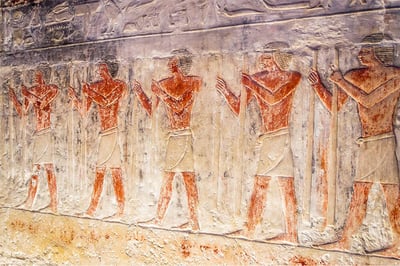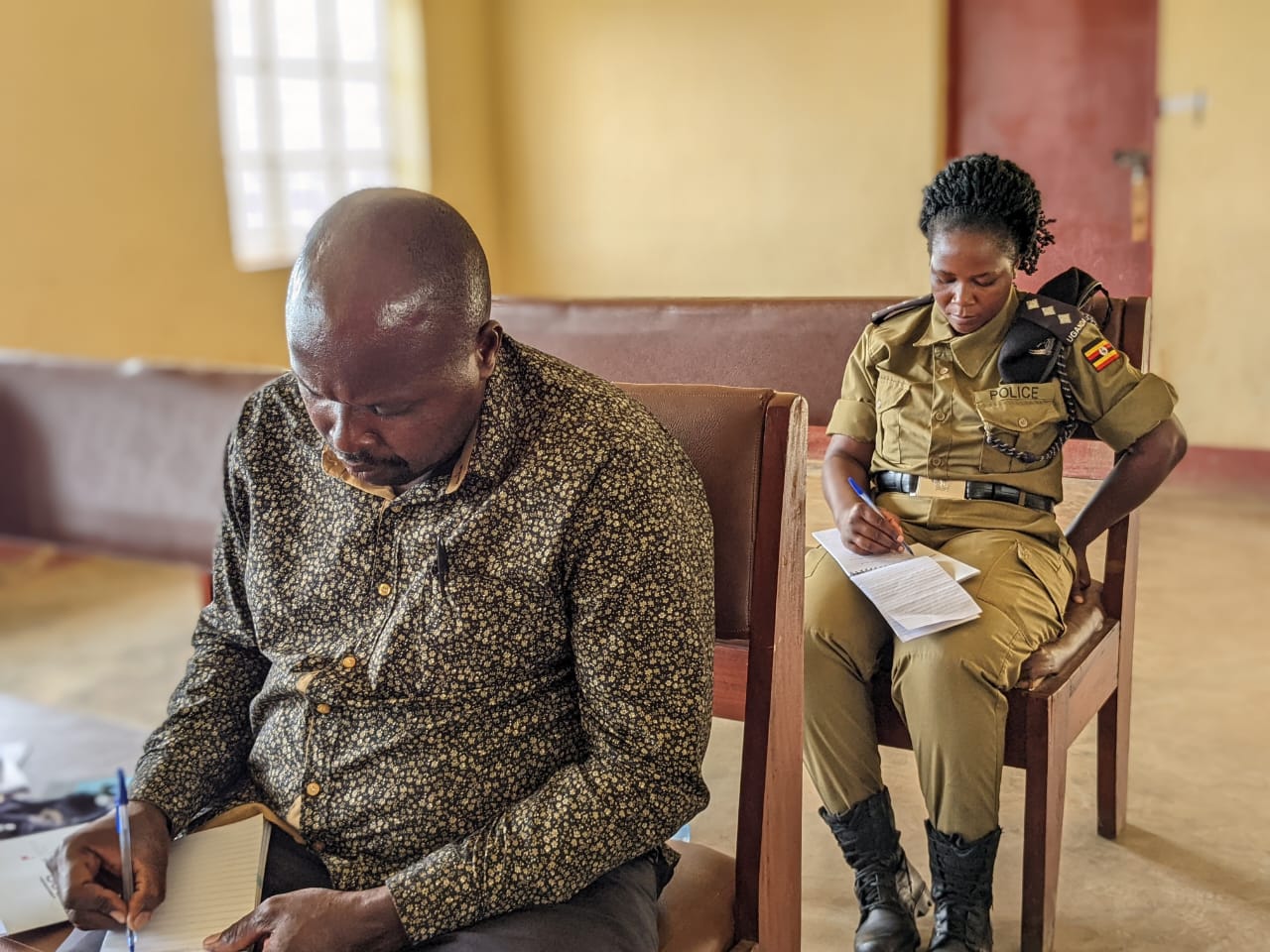Rita got off the bus in the city center among crowds of people. She instantly felt out of place watching people in crisp button-downs and fancy sunglasses hurry past her, talking loudly into their cell phones. She was conscious of her outdated clothing and knock-off shoes purchased from the market near her village. She’d never been this far from home before, but she’d met a nice man on Facebook who promised her a good job in the city as a cashier, paying her well even though she had no real job experience. It was an incredible opportunity, and she desperately needed money to support her family back home. She didn’t know that the “job” was something quite different—that no legitimate businessman would hire a country girl with no experience and pay her so much, a girl who wouldn’t have the resources to get herself back home when she found out he was lying.
This is a typical scenario Love Justice monitors encounter every day. It’s a common example of human trafficking, the process of moving someone into slavery.
Slavery is nothing new—it’s been around for centuries. You might wonder … wasn’t slavery abolished in the 1800s? Even though slavery is illegal in nearly every country, there are still an estimated 50 million people trapped in modern-day slavery around the globe today.
Understanding the history of slavery and how it went from being something widely accepted to something completely illegal—yet still widespread—can help us better combat the issue as it stands today.
*Disclaimer: The history of slavery is extensive and detailed. The following account is meant to be an overview and to highlight some key insights rather than to give an in-depth or complete understanding.
Historical acceptance of slavery
 Throughout ancient and medieval times, slavery was deeply enmeshed in societal structures across the globe. Ancient civilizations commonly enslaved those they conquered and used them to build their own power and wealth. Slaves were viewed as property, and the economy of the time depended on their free labor to empower the empire or nation they “belonged” to.
Throughout ancient and medieval times, slavery was deeply enmeshed in societal structures across the globe. Ancient civilizations commonly enslaved those they conquered and used them to build their own power and wealth. Slaves were viewed as property, and the economy of the time depended on their free labor to empower the empire or nation they “belonged” to.
The widespread normality and economic dependence on slavery helps clarify why abolishing it would be a monumental challenge in the years to come. Eradicating it would require a profound shift in human values.
The shift toward abolition
- A major shift in values started to occur during the Enlightenment (1685–1815) when philosophers such as John Locke and Jean-Jacques Rousseau began arguing that people had inherent rights as human beings.
- At the same time, the Quakers—across both America and Europe—became the first religious movement to denounce slavery. They advocated publicly against it and stopped allowing their members to own slaves.

- In the 1780s and 90s, Rev. John Newton, who authored the hymn “Amazing Grace,” preached heavily against slavery after his own participation as a slave trader. His sermons influenced William Wilberforce, a member of British Parliament who became a key leader in the abolitionist cause.
- Slave rebellions too began to challenge the accepted nature of slavery, in particular the Haitian Revolution (1791–1804). Haiti after gaining independence from France became the first country to be ruled by former slaves.
- Escaped slaves in America such as Harriet Tubman and Frederick Douglass boldly spoke out against slavery, detailing the injustices they saw firsthand and challenging others to take action.
Through all of these movements, public opinion on slavery as an accepted practice began to change.
Early laws against slavery such as the British Slave Trade Act of 1807 and the Slavery Abolition Act of 1833 were legal milestones—outlawing slavery for the first time in Britain. Other countries soon followed suit with similar laws. The U.S. ratified the 13th Amendment legally abolishing slavery in 1865.
International human rights norms continued to develop over time, particularly after World War II with the formation of the United Nations and the Universal Declaration of Human Rights in 1948.
Applying historical lessons today
These early movements set some important examples for what worked and what didn’t in fighting slavery.
But what if we could prevent people from being enslaved in the first place? What if we could put our money and resources toward getting them home safely before they experienced trauma, abuse, and exploitation?
At Love Justice, our monitors intercept more than a thousand people every month, helping get them to safety before they are enslaved. Although we still send teams to follow up with the individual and their family to help ensure their continued safety, the preventative nature of our work greatly minimizes the need for aftercare as well as the cost required to impact a life.

Understanding the history of slavery gives us context for why slavery continues to be an issue today. As a global society, we’ve made enormous progress the last few centuries, instilling the universal value for human life not only in our mindsets and communities but in our laws and regulations. However, slavery is still entrenched in some of our economic practices through high demand for cheap labor in various industries, and government protection against slavery is still weak in many regions as nations continue to develop.
From the example set through history, we know that combating slavery requires a multidimensional approach involving advocacy, law enforcement, international cooperation, and appropriate long-term strategies. We must be innovative as trends and technologies change over time, and we must continue to raise our voices against injustice.
We at Love Justice are committed to this fight, and we invite you to join us.
- Continue to educate yourself on modern-day slavery. This page is a great place to start.
- Raise your voice! Use your platform on social media to speak out against injustice. Feel free to share any of our posts @lovejusticeintl.
- Donate at the button below to support our work and help us expand to keep more people free from slavery.
*All data and statistics current at the date and time of publishing. Specific names and locations excluded for privacy and security purposes. Some images made using AI, other images are representative and do not picture actual victims.
-1.png?width=500&height=500&name=LJI_MAINLOGO_WhiteBackground%20(1)-1.png)



/bimala_feature_blog.webp)


/boy_girl_asia_streets.webp)















/young_woman_asia.webp)




Post a comment